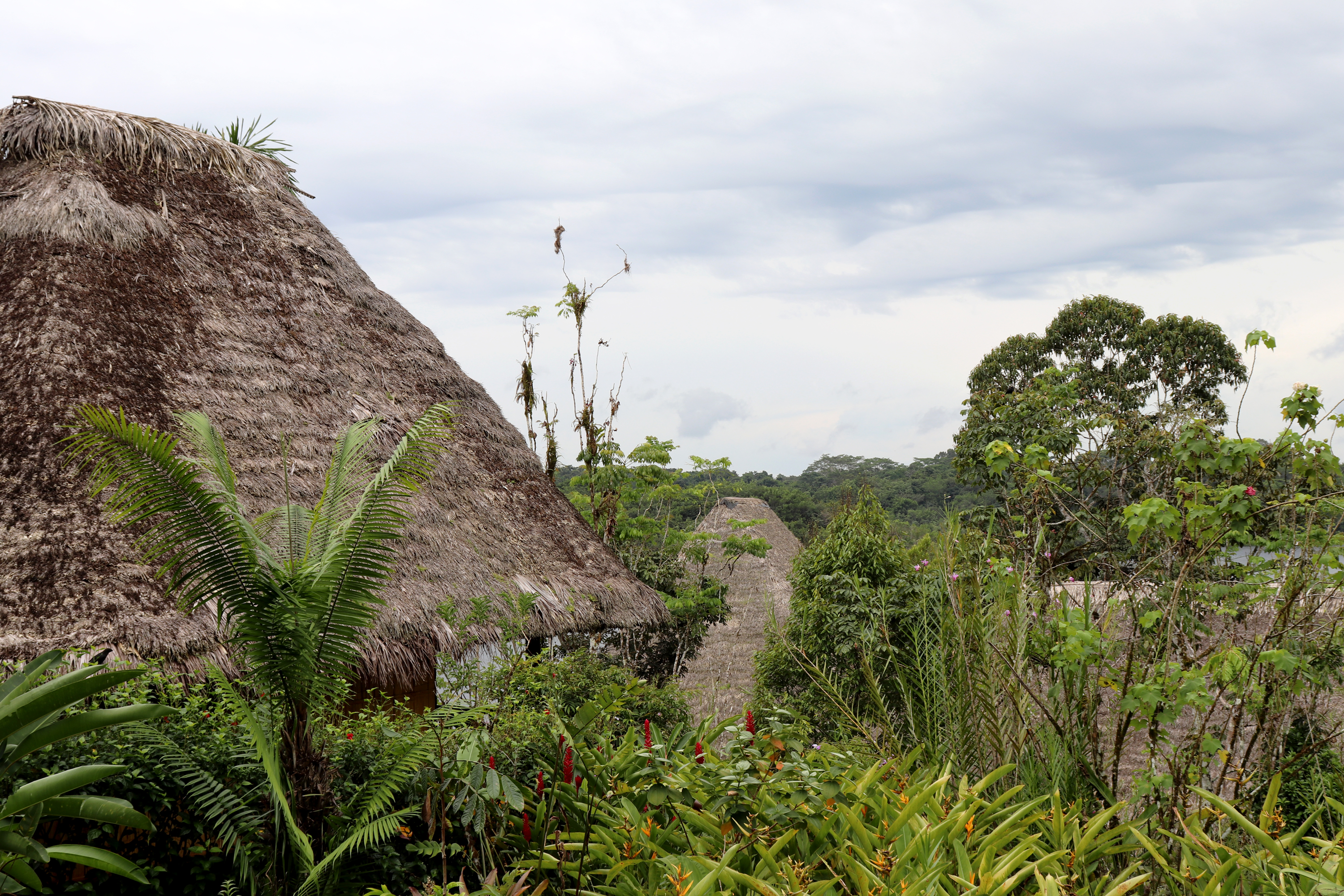José Toribio Medina, Descubrimiento del río de las Amazonas: según la relación hasta ahora inédita de Fr. Gaspar de Carvajal con otros documentos referentes a Francisco de Orellana y sus compañeros (Seville: E. Rasco, 1894)
Mike Davis, Planet of Slums, (London and New York: Verso, 2006).
The planned expansion of the energy grid is largely in order to serve higher degrees of mineral and fossil-fuel extraction, as well as mechanized agriculture.
The scope of this paper does not allow me to cover the case of some Huaorani communities who have slipped from indigenous to indigent in the Repsol-YPF oil block under the “social responsibility” aegis of the petrol enterprise.
Michael Heckenberger and Eduardo Góes Neves, "Amazonian archaeology," Annual Review of Anthropology 38.1 (2009): 251–266.
Verónica Pérez Rodríguez, Kirk C. Anderson, and Margaret K. Neff, "The Cerro Jazmín Archaeological Project: Investigating prehispanic urbanism and itsenvironmental impact in the Mixteca Alta, Oaxaca, Mexico," Journal of Field Archaeology vol. 36, no. 2 (2011), 96, ➝
The servicing of these areas could follow off-the-grid and cost-effective strategies for energy and water provision, as well as waste management. Alternative technologies are not only environmentally friendly, but also economically feasible.
This article would not have been written without the guidance of UCLA professors Susanna Hecht and Helga Leitner, and without the generous contribution of Jiovanny Rivadeneira, Ñuka Punlla, Gabriel Moyer-Pérez, Paula Izurieta, Arturo Mejía, and the welcoming Añangu community whose achievements restore hope in the future of Amazonia. I was able to visit the Añangu community in the summer of 2017 thanks to a Tinker Foundation Field Research Grant endowed through the UCLA Latin American Institute.
Overgrowth is a collaboration between e-flux Architecture and the Oslo Architecture Triennale within the context of its 2019 edition.
